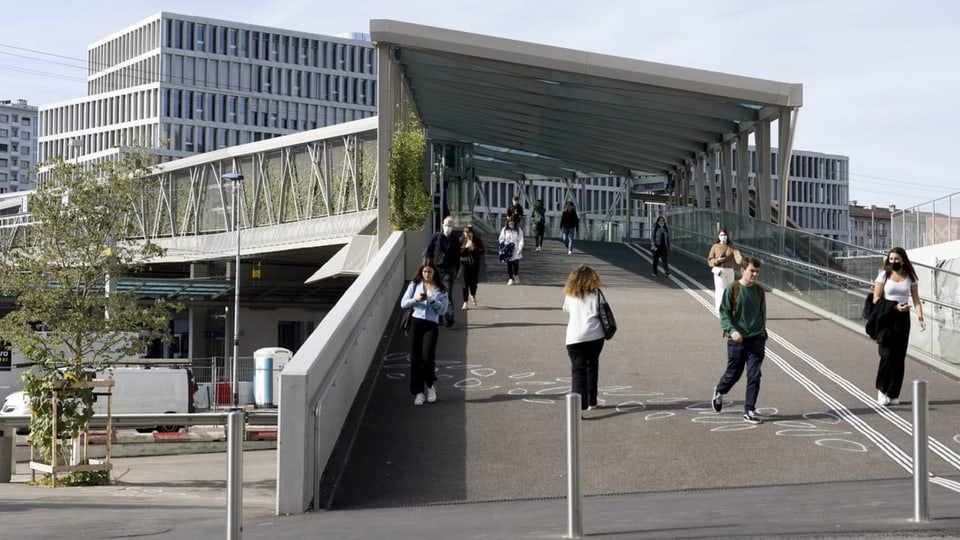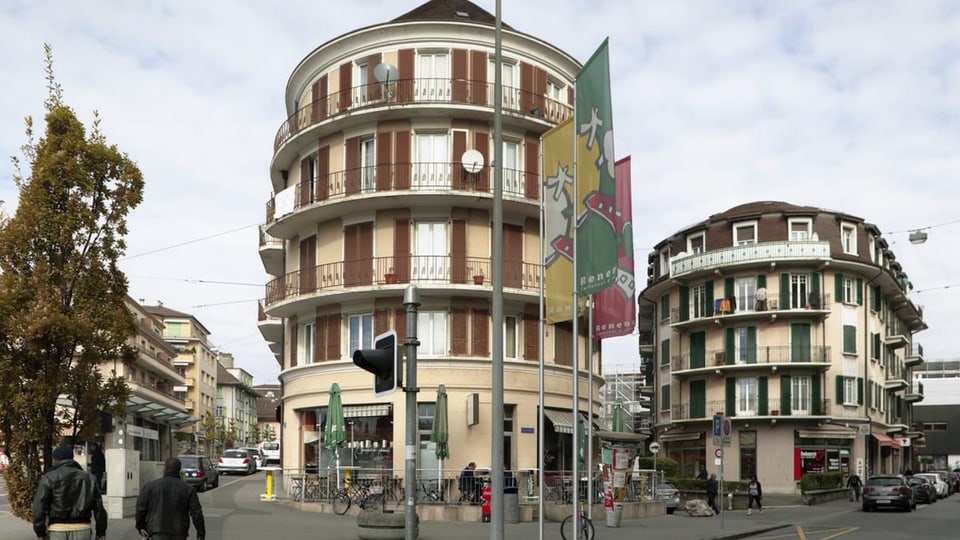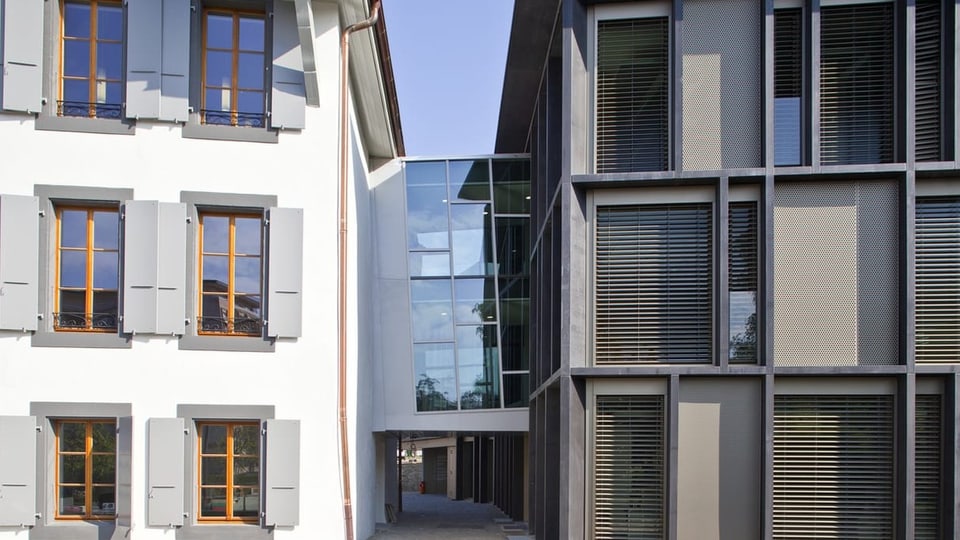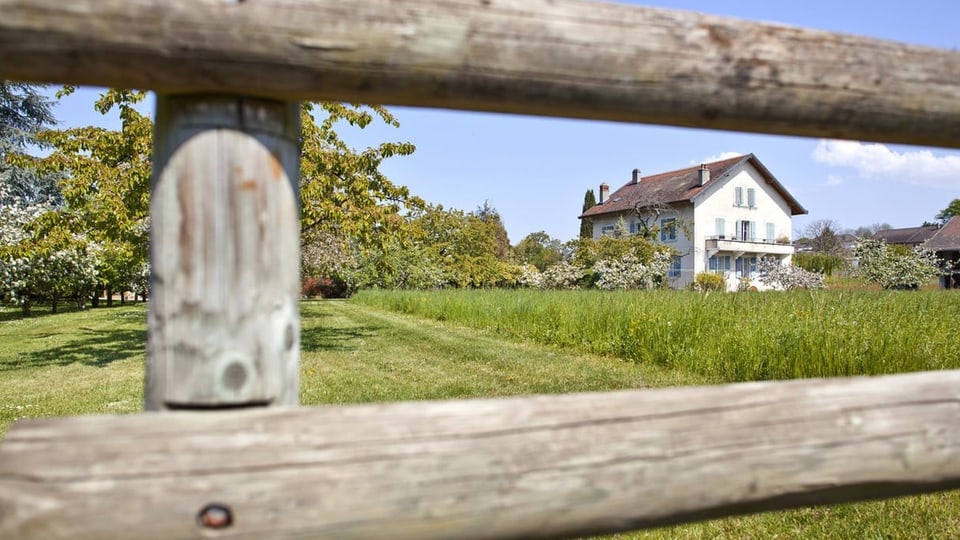Contents
West of Lausanne, eight municipalities are doing joint spatial planning – and developing a sense of togetherness.
When the 2011 Wakker Prize went to Lausanne West, there was great astonishment: instead of a picturesque little town, the Homeland Security awarded an agglomeration.
At the time, managing director Adrian Schmid argued to SRF: “The Rütli meadow is being built over every day, Lake Brienz is being built up every year, and in ten years it will be the canton of Schaffhausen. Those are today’s realities.” In the Ouest lausannois these problems would be addressed.
Working together in space planning
As a rule, spatial planning takes place at cantonal or communal level. But in the Ouest lausannois project, eight communities have come together. It is this approach that earned the Wakker Prize.
Legend:
The Swiss Heritage Society awarded the fortieth Wakker Prize in 2011 to the eight municipalities of Lausanne West. Image: The school “College de la carriere” in Crissier.
Keystone/Gaetan Bally
Benoît Biéler is now in charge of this project. He says the work is now bearing fruit: “It has been possible to implement projects across community boundaries.” For example, the renovation of the Renens train station, which is located on four municipalities.

Legend:
The renovation of the Renens train station is one of the joint spatial planning projects in Lausanne West.
Keystone/Noemi Cinelli
Joint projects have also created a regional sense of belonging, solidarity and trust between the communities, says Biéler.

Legend:
In order to counteract urban sprawl, the agglomerations in particular are to be developed. In Lausanne West, this is happening under high pressure.
Keystone/Gaetan Bally
The eight municipalities west of Lausanne are now planning their spatial development together. Two years ago, a joint guideline plan was agreed.
According to Biéler, the motto is clear: towards the lake, where a lot has already been built up, it should be compacted. Where communities run out of rural areas – it should remain rural.

Legend:
Switzerland has grown the most in recent years around Lake Geneva. According to a UBS report, nowhere has there been as much construction in recent years as around Lausanne. Image: The Bad Fleur-de-Lys in Prilly.
Keystone/Gaetan Bally
Biéler currently sees two major challenges for the western agglomeration. First: the traffic. A tram line and an express bus line to Lausanne are currently being built. But not only is there a lack of public transport, there is also a need to catch up when it comes to cycling and walking.
Housing shortage as a permanent topic
Secondly, according to Bièler, the big growth has to be managed. Because more and more jobs are being created in the region, which attracts people to the communities.

Legend:
Contemplative and unspoiled: That’s how it should stay in this area of Renens.
Keystone/Gaetan Bally
The eight municipalities to the west of Lausanne now have 80,000 inhabitants – in twenty years it will probably be significantly more. The municipalities expect 35,000 newcomers by 2040. And the shortage of housing is already a permanent issue in the canton.
